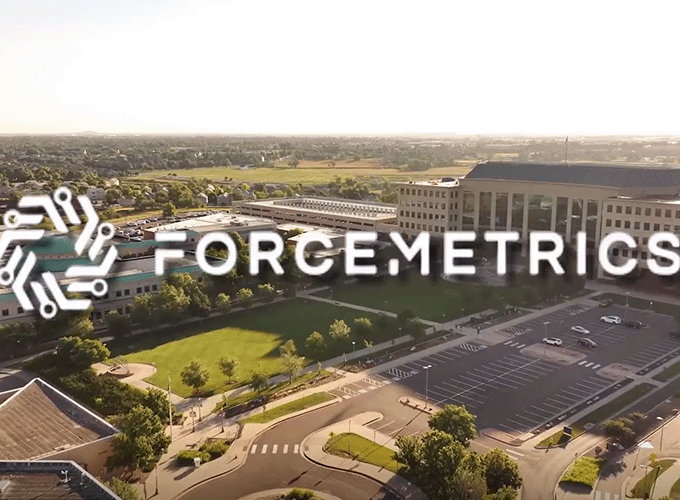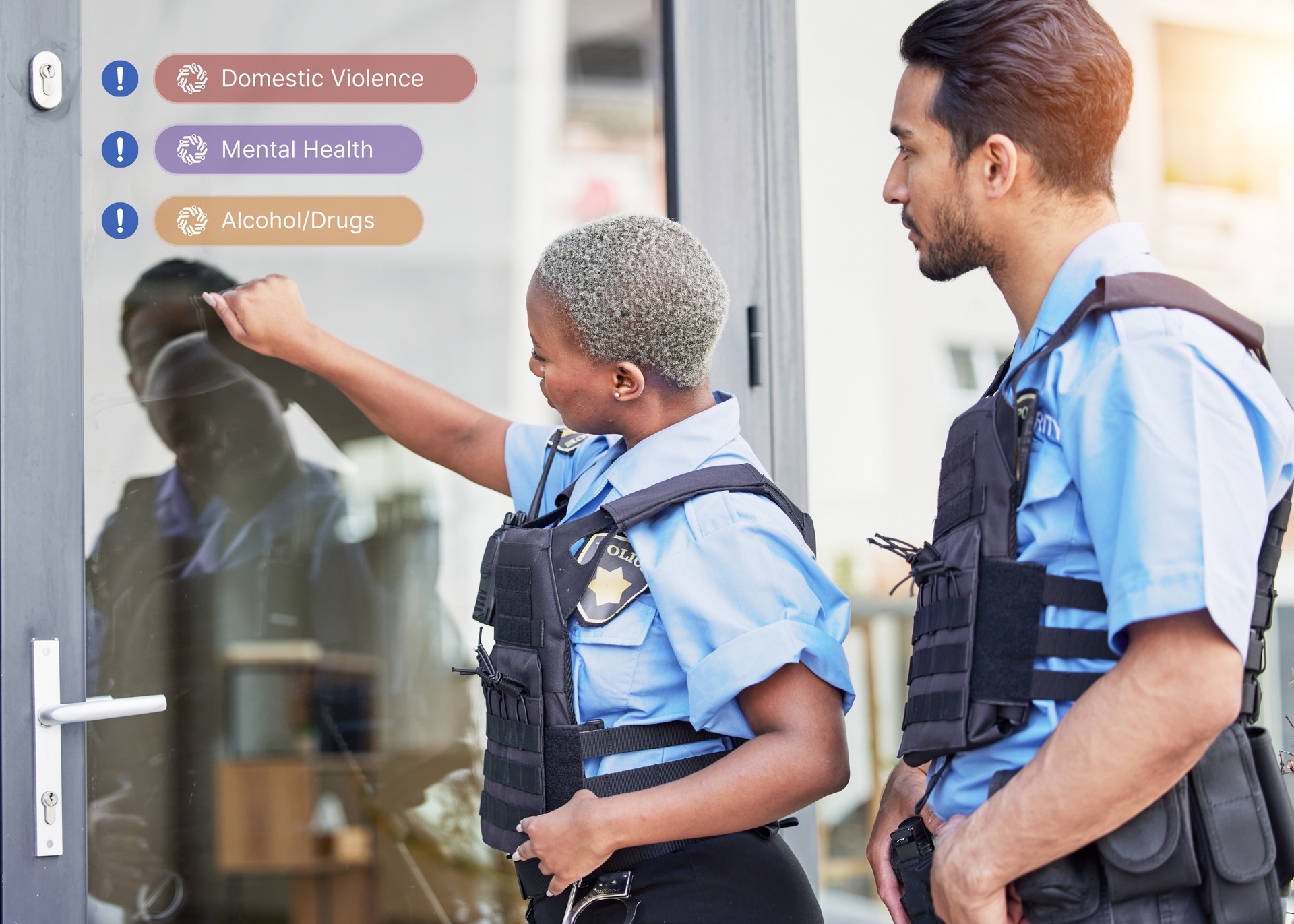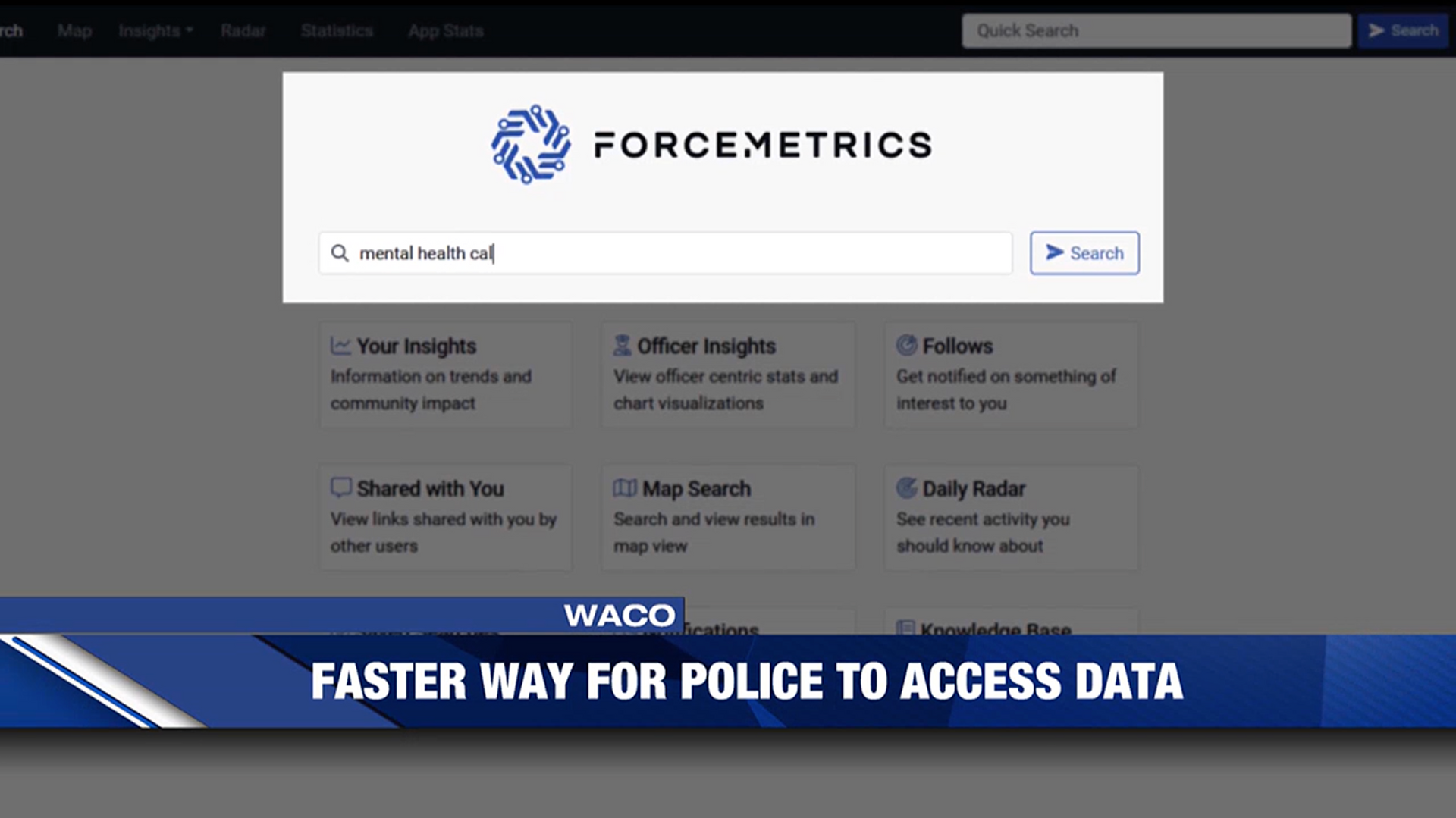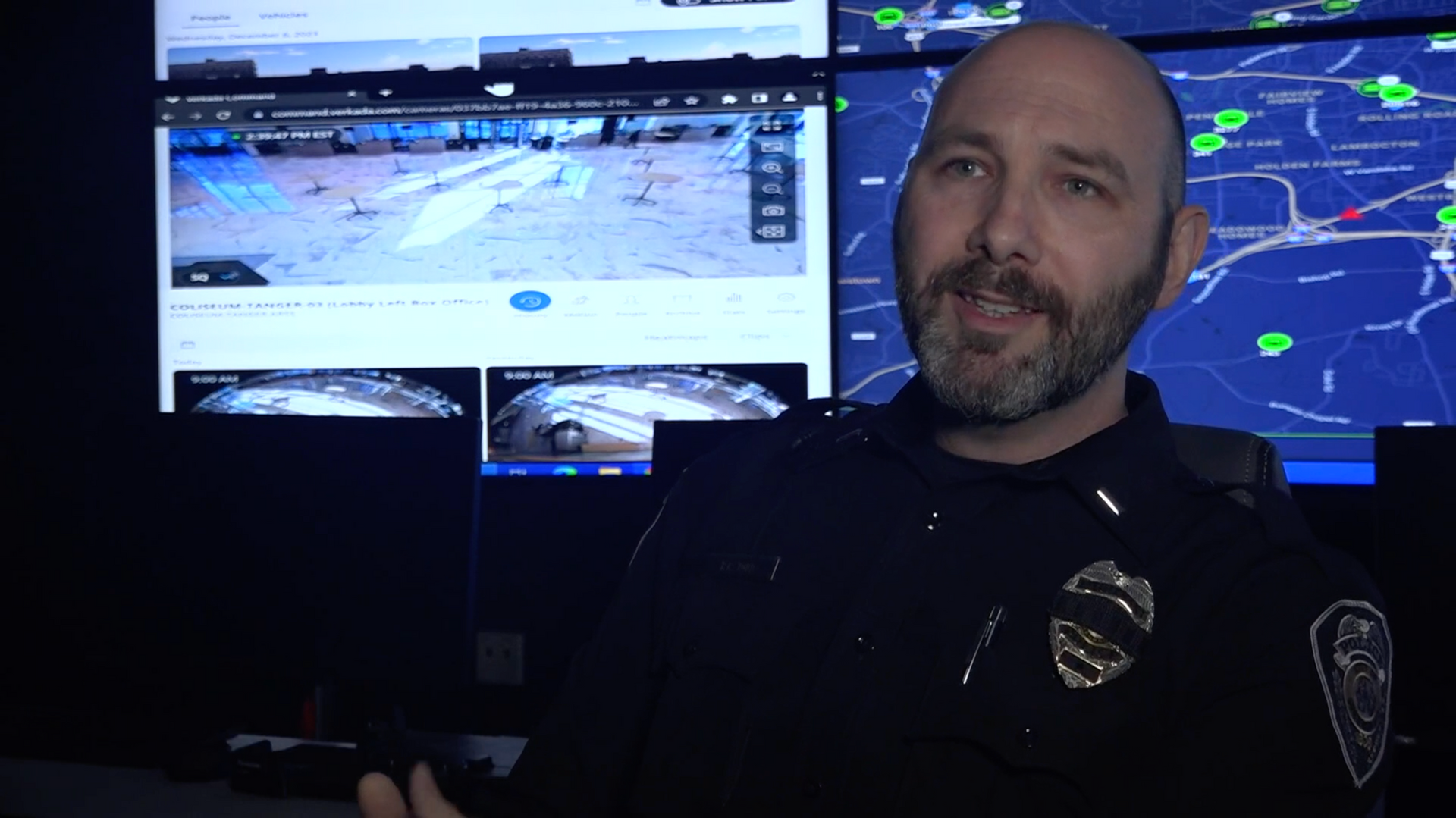Blog Layout
ForceMetrics Critical Catch: Honing in on Hoax Callers
Dec 14, 2023
How Greensboro PD Leveraged Technology to
"Crack the Case in Record Time"
"The connection may have never happened without ForceMetrics"

Challenge
A call came into 911 reporting a shooting at a local high school. 911 Communications contacted the School Resource Officer, relaying that an individual had called in a shooting. The School Resource Officer and school staff immediately determined there was no active threat and identified this as a hoax call, but reported to CIS for further investigation.
Solution
The CIS detectives began investigating the hoax call, entering key pieces of information into ForceMetrics to look for additional connections or background. Upon searching the phone number used to make the 911 call in ForceMetrics, the detectives found in the history of the phone number a similar unknown 911 call made several months prior, as well as an attached address.
The CIS detectives immediately went to the associated address, and after interviewing an individual at the home, were able to obtain the first name and social media handle of the individual associated with the phone number and both 911 calls. The information gathered was relayed to the School Resource Officer, who was able to identify the suspect. CIS responded to the school, where they identified additional suspects connected to the hoax calls and conducted interviews leading to appropriate charges.
Impact
Over the past few years, hoax active shooter (also referred to as “swatting”) calls have been on the rise, tormenting schools nationwide. While these events may turn out to be a mere prank, school shootings are a very real threat that must be responded to and investigated accordingly. This ties up valuable emergency response resources and diverts them from other calls for service where there may be more pressing need.
Hoax calls often come with very little information, making it extremely difficult for police to track down the source and solve the case. Being able to rapidly piece together clues to identify the callers and hold them accountable is imperative to defusing the perceived threat, stopping repeat offenders, and freeing up resources to return them where they’re most needed.
In this case for Greensboro PD, ForceMetrics pulled related calls that led officers to an address, person, social media accounts, and more for a repeat hoax call offender. GPD reports,
“The technology saved hours of time and manpower, and the connection may have never happened without ForceMetrics. That same day, officers had the student identified.”
📷📷 Letting Technology Crack the Case in Record Time!📷📷
— GSO Police Dept. (@GSO_Police) November 28, 2023
When our officers are working, they have to log into various databases, sift through pages of reports, and look for meaningful connections to solve cases. As you can imagine, this takes a lot of time and resources. pic.twitter.com/YpaaXy8uRt

22 Apr, 2024
Anyone in law enforcement can attest that the more information you have going into a situation, the better the outcome will be. This standard applies to everyday calls for service, high-profile investigations and even walking into the next CompStat meeting. So why is the information still so challenging to obtain? As former law enforcement professionals who both saw and felt these challenges firsthand, the founders of ForceMetrics created a platform to address them.

10 Apr, 2024
Aurora911 was the first city department to launch ForceMetrics with its entire staff. Emergency communications specialists can search and access vital safety, mental health and historical information in seconds rather than hours, improving the accuracy and appropriateness of resource deployment.

14 Mar, 2024
Imagine responding to a call with not just the information provided by dispatch, but a comprehensive, easy-to-understand overview of the situation at hand, including the people and places involved, key history, and important social needs and safety risks to be mindful of going in. At ForceMetrics, this is where we focus our efforts to help responders succeed.

18 Jan, 2024
One of many areas where technology is making a significant impact is in the identification of vehicles, providing law enforcement with powerful tools to streamline investigations, enhance public safety, and combat criminal activities. Here we'll explore the innovative ways technology is being used to identify vehicles in policing.

By Jason Truppi
•
21 Dec, 2023
In the dynamic landscape of law enforcement, the concept of stratified policing has emerged as a nuanced approach to addressing the diverse challenges faced in crime prevention and public safety. This evolving strategy recognizes the importance of tailoring policing efforts to specific layers, or strata, taking into account varying levels of crime, time and risk factors, departmental roles, and unique community needs and patterns. Yet the critical factor to a successful stratified policing approach is having the data available to properly assess and distinguish between these characteristics in the first place. Departments need clear, accurate, and contextual data to understand crime patterns and trends and truly put this evidence based policing strategy to meaningful work. Unpacking the Layers At its core, stratified policing involves the careful examination and classification of crime trends and community challenges based on set criteria. This approach recognizes that a one-size-fits-all strategy may not be effective in addressing the complex and multifaceted nature of crime. Instead, law enforcement agencies employing stratified policing seek to understand the unique characteristics of different strata and implement appropriately tailored solutions. The layers in stratified policing are often broken into immediate, short-term, and long-term problems. Immediate problems are generally recognized as isolated calls and incidents, though with varying degrees of significance, taking anywhere from minutes to months to resolve. Short-term problems are those that occur over days or weeks and are either repeat incidents or recognizable crime patterns, such as a series of similar crimes or crimes committed within a hotspot. Long-term problems or priorities exist over months or years, and frequently arise from opportunities created by everyday environmental or behavioral factors. Risk Assessment One key element of stratified policing is the strategic identification and prioritization of areas of focus based on their level of crime or risk factors. By allocating resources more intensively to high-crime areas, for example, law enforcement agents can maximize their impact and create a more targeted response to identified challenges. Community Engagement Building trust and fostering partnerships within the community are integral components of successful stratified policing. Recognizing that different communities have unique needs and concerns, law enforcement agencies actively engage with residents to understand and address their specific issues. This collaborative approach helps to bridge the gap between law enforcement and the community, creating a more effective and responsive policing environment and bolstering public safety in turn. Data-Driven Approaches In our modern world ruled by information and technology, data plays perhaps the single most critical role in shaping effective evidence based policing strategies. Successful stratified policing leverages data and analytics to gain insights into crime patterns and trends within different areas or layers of a community. This information empowers law enforcement to make informed decisions, strategically allocate resources, optimize workflows and performance, and implement targeted interventions where they are needed most. Problem-Oriented Policing Stratified policing goes beyond surface-level crime prevention by addressing the root causes of issues within a community. This problem-oriented approach necessitates effective collaboration with other community agencies and organizations to tackle underlying factors contributing to crime. By addressing these issues head-on, and facilitating open communication and information sharing among community stakeholders, law enforcement agents can create lasting solutions and improve overall community well-being. Conclusion: A Tailored Approach for Safer Communities As law enforcement continues to evolve, the concept of stratified policing stands out as a promising strategy for creating safer and more resilient communities. By recognizing and responding to the unique challenges and needs of our communities with tailored, data-driven approaches, law enforcement agencies can make a lasting, meaningful impact – reducing crime, building trust, fostering collaboration, and ultimately creating a safer environment for all. As this approach continues to develop, it will be essential to stay informed on emerging best practices and adapt strategies to meet the ever-changing needs of our diverse communities. ForceMetrics is actively enabling agencies to leverage clear, contextual data in the implementation of more accurate and successful stratified policing programs. Connect with us to learn how we can help your agency navigate the layers.




